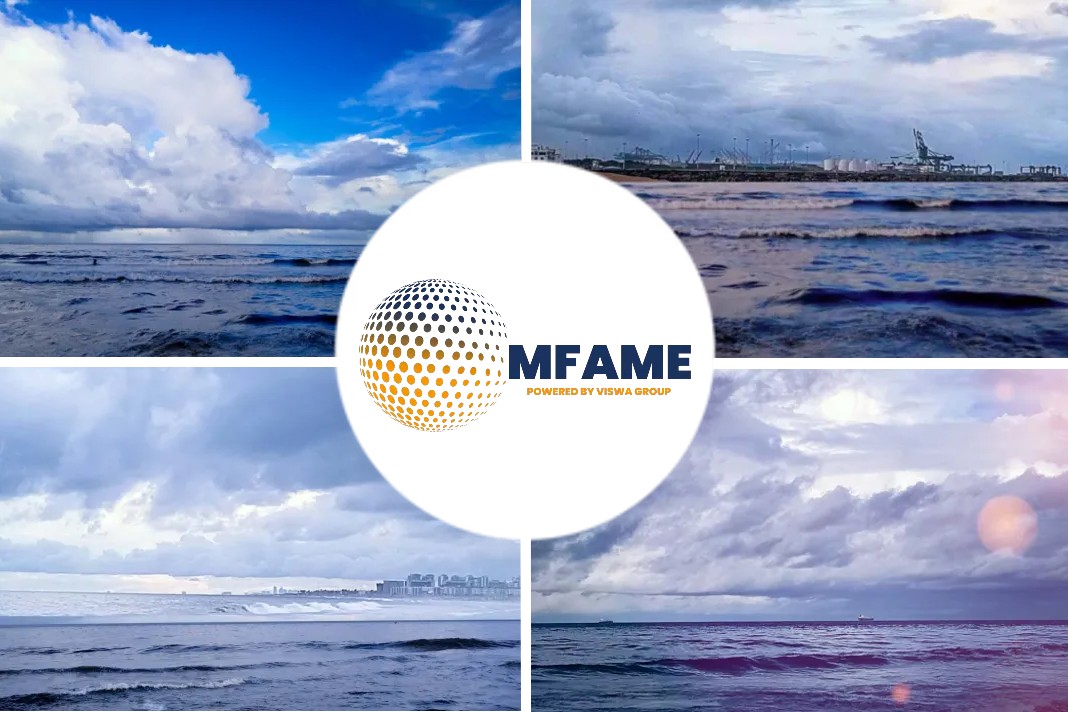
FLEX LNG’s morphing from an innovative champion of the FSRU concept “into a conventional operator of LNG carrier companies,” a role it maintains to this day, says an article published on Riviera.
Extraordinary high percentage
But the LNG carrier seascape is very different now; back in 2018, the LNG carrier fleet consisted of 685 vessels with a total capacity of just over 100M m3.
A further 201 LNG carriers of all sizes were on the orderbook, which formed 31% of the live fleet (according to data from Clarksons Research Services). This seemed an extraordinary high percentage at the time. The largest growth was taking place in the 40,000-100,000 m3 sector, which had an orderbook equivalent to 69% of the live fleet.
LNG carrier fleet
Five years later, and the July 2023 LNG carrier fleet numbers 725 vessels with a capacity of 108M m3, but the profile of the orderbook has changed completely. Now the large LNG carrier (150,000-180,000 m3) orderbook dominates at 285 vessels on order, equivalent to 76% of the sector.
The total orderbook is just over 50% of the capacity of the current fleet and is on course to surpass 1,000 vessels by the end of 2025.
IMO’s greenhouse gas targets
The eagle-eyed reader will have noticed the phase “…LNG as an exclusive subject …” at the top of the piece, to signify that LNG had been on my radar, but in a different context, over the years. In the last five years, the topic of LNG has become a regular feature of Tanker Shipping & Trade (another Riviera Maritime Media brand I cover) in the guise of LNG as a marine fuel.
Five years ago, not even many LNG carriers used LNG as a marine fuel, but interest awoke ahead of the IMO sulphur cap in 2020 and has accelerated ahead of IMO’s greenhouse gas (GHG) targets for 2030 and 2050.
Water treatment system
Infrastructure is key for the uptake of any marine fuel, and a substantial number of the smaller LNG carriers on order (and in the fleet) are dedicated LNG bunkering vessels. Indeed, the first time I covered an LNG bunkering vessel was only in connection with its lack of a ballast water treatment system.
LNG dual-fuel capability
LNG dual fuel is almost a standard feature of any large tanker or bulk carrier on order. For example, of the 180 VLCC, Suezmax and Aframax tankers on order, 43 vessels are reported to have LNG dual-fuel capability, and 41 Post-Panamax or larger dry bulk carriers out of the 107 on order are also LNG dual-fuel specified (according to VesselsValue figures).
LNG is now clearly a mainstream fuel, albeit a transitional one. I will certainly enjoy discussing the topic, among many others, Gastech in Singapore in September, and at the LNG Shipping & Terminals Conference in London in November 2023. I look forward to meeting you all.
Did you subscribe to our daily newsletter?
It’s Free! Click here to Subscribe!
Source- Riviera















